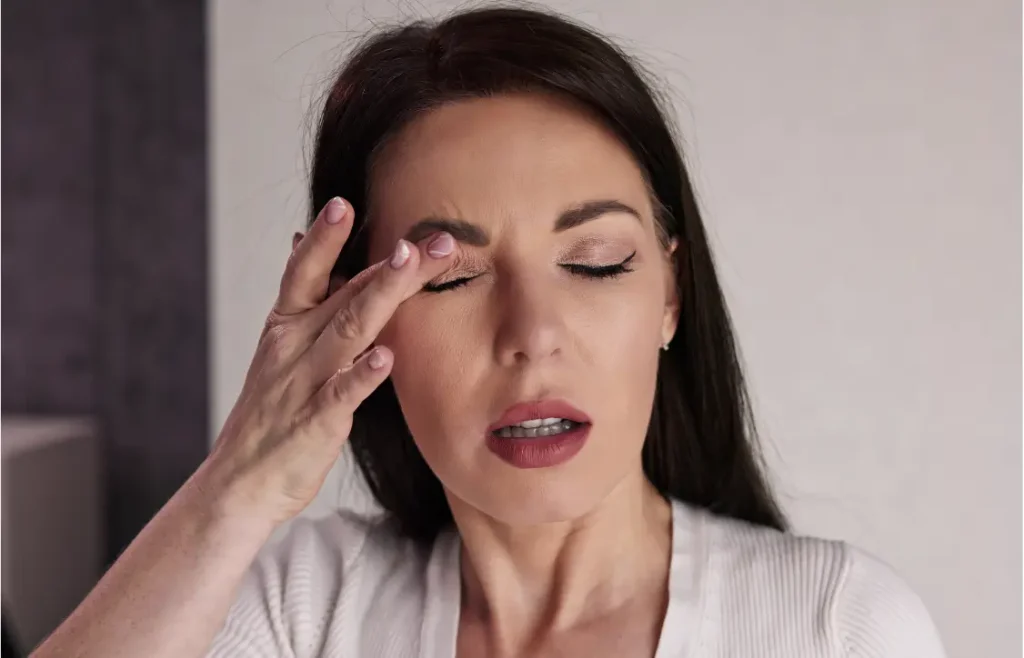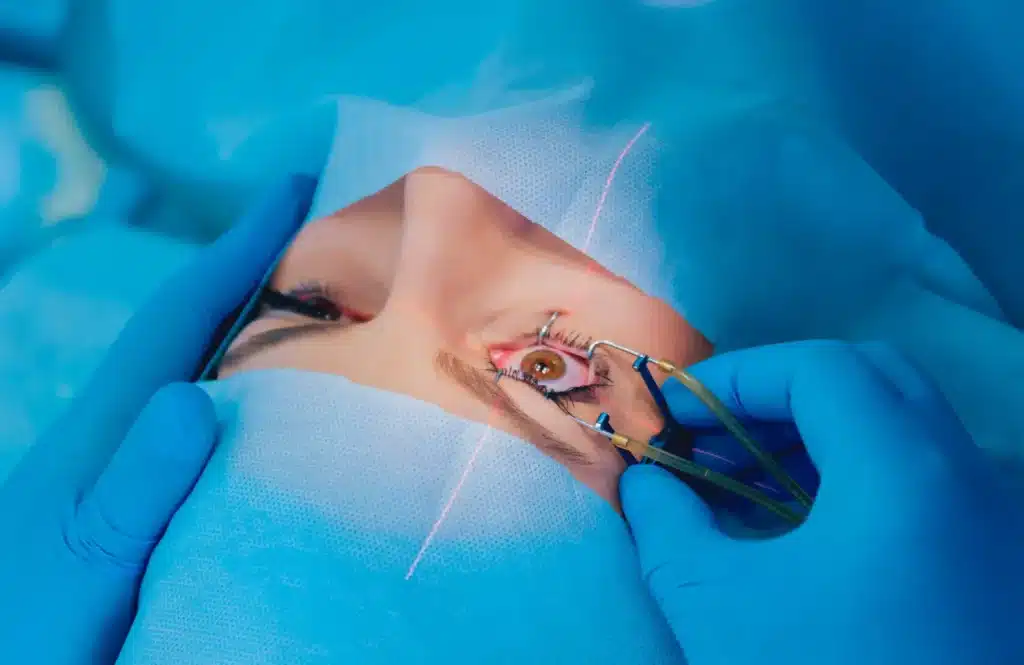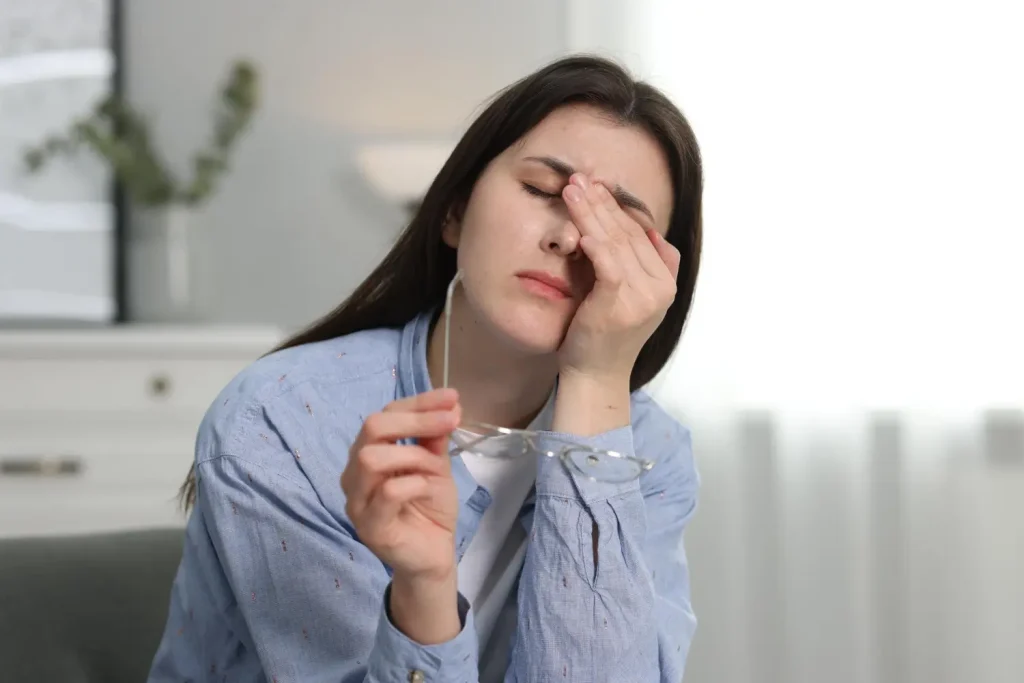Before-and-after photos hold significant sway in the aesthetics industry. A survey revealed that more than 90% of prospective patients find them most valuable when looking up cosmetic procedures. These visual testimonials serve as robust evidence of treatment efficacy.
Ellanse stands out in this visual narrative, offering immediate improvements and long-term rejuvenation through collagen stimulation. This treatment’s before and after photos often showcase transformative results that align with patient aspirations for natural-looking youthfulness.
This article will explore a gallery of Ellanse transformations, providing a visual journey of its efficacy and discussing the subtleties contributing to its growing popularity.
Key Takeaways
- Ellanse is a dermal filler known for its unique composition involving polycaprolactone (PCL) microspheres, stimulating collagen production.
- The treatment addresses aesthetic concerns such as facial volume loss, wrinkles, and skin laxity.
- Ellanse treatments can improve skin texture, firmness, and overall appearance.
- Results from Ellanse treatments can last up to four years, offering long-term benefits for patients.
- Proper aftercare and treatment guidelines adherence are crucial for optimal outcomes.
Before and After Photo Examples
Image Courtesy of The Grove Clinic
The visuals are not just about surface changes; they illustrate more profound collagen production stimulated by Ellanse’s unique polycaprolactone (PCL) microsphere composition.
Image Courtesy of The Grove Clinic
Before-and-after photos also show how Ellanse boosts collagen production, leading to these improvements. The clinical data backs up what we see: a noticeable difference in facial rejuvenation among those who underwent treatment. Unlike other fillers, Ellanse provides lasting effects that keep skin looking youthful for up to four years.
Understanding Ellanse
Ellanse is a dermal filler that revolutionizes facial rejuvenation by harnessing the power of polycaprolactone (PCL) microspheres, which stimulate collagen production beneath the skin.
Unlike other fillers that merely add temporary volume, Ellanse’s PCL microspheres help your skin generate more collagen, ensuring natural-looking improvements that can last up to four years—significantly longer than many other treatments.
When Ellanse is injected under the skin, these PCL microspheres act as a scaffold, supporting the skin and promoting new collagen production. This dual-action approach not only adds immediate volume but also enhances the skin’s structure over time, leading to long-lasting, youthful results.
The Treatment Process and Specific Aesthetic Concerns Addressed
Ellanse treatment begins with a thorough consultation where the medical professional assesses the patient’s skin condition, discusses aesthetic goals, and ensures the patient is a suitable candidate. The targeted area is cleaned during the treatment, and a topical anesthetic may be applied to minimize discomfort.
The actual injection process involves administering Ellanse into the desired areas beneath the skin using a fine needle or cannula. The unique polycaprolactone (PCL) microspheres in Ellanse are a scaffold, promoting collagen production. This part of the procedure typically takes about 30 minutes, depending on the extent of the treatment area.
After the injection, the professional may gently massage the treated area to ensure even filler distribution. Post-treatment care instructions are provided to help manage any immediate side effects, such as redness, swelling, or bruising. Patients are advised to avoid strenuous activities, excessive sun exposure, and alcohol consumption for a few days post-treatment.
Aesthetic Concerns Addressed by Ellanse
- Facial Volume Loss: Ellanse is highly effective in restoring facial volume lost due to aging. The filler adds immediate volume to sunken areas, such as the cheeks and temples, creating a more youthful appearance.
- Wrinkles: This treatment also targets wrinkles and fine lines. By stimulating collagen production, Ellanse fills existing wrinkles and improves skin texture over time, reducing the appearance of new lines.
- Skin Laxity: Ellanse addresses skin laxity or loose skin. The collagen-stimulating properties of PCL microspheres help tighten the skin, enhancing its firmness and elasticity.
Expected Timeline for Seeing Results and Duration of Results
Patients often notice immediate facial volume and smoothness improvements right after the Ellanse treatment. The filler provides instant volume to the treated areas, resulting in the initial results.
Over the next few weeks, Ellanse’s real benefits will become more apparent as the polycaprolactone (PCL) microspheres stimulate collagen production. This ongoing collagen synthesis leads to progressively enhanced skin texture and firmness, with full results typically visible within 1 to 3 months post-treatment.
Furthermore, the results from Ellanse treatments can last from 1 to 4 years, depending on the specific product used and individual patient factors. This extended duration is due to the sustained collagen production triggered by the PCL microspheres. The gradual degradation of these microspheres ensures continuous collagen stimulation, providing lasting improvements in skin volume, elasticity, and overall appearance.
Tips for Achieving Optimal Outcomes and Proper Aftercare
To achieve the best results with Ellanse treatments, choosing an experienced and qualified practitioner is essential. Proper injection technique and precise placement are crucial for optimal outcomes. Additionally, following pre-treatment guidelines, such as avoiding alcohol and certain medications that can increase bruising, can help prepare your body for the procedure.
Clear communication with your doctor about your aesthetic goals and previous treatments is vital. This helps tailor the treatment to your specific needs, ensuring the best possible results.
Proper Aftercare to Maintain Results
Proper aftercare is essential to maintain the results of Ellanse treatments and prevent potential Ellanse problems. Immediately after the treatment, avoid touching or massaging the treated area to prevent displacement of the filler. Refrain from strenuous activities, exposure to extreme temperatures, and alcohol consumption for at least 48 hours post-treatment.
A gentle skincare routine, including mild cleansers and moisturizers, helps support the healing process. Avoid harsh exfoliants and chemical peels to prevent irritation. Applying a high-SPF sunscreen daily protects the treated areas from UV damage, which is crucial for maintaining a rejuvenated appearance.
Regular follow-up appointments with your practitioner ensure the treatment results are monitored and maintained. They can also address any concerns or complications early, providing lasting satisfaction with the treatment.
Conclusion
Seeing Ellanse before-and-after photos shows fundamental changes. People’s skin looks better, feeling firmer and smoother. These photos tell stories of confidence regained and appearance transformed.
With Ellanse, results can last long, making smiles brighter for years. It’s a journey worth considering for those looking to refresh their look with lasting impact.
FAQs
1. What is Ellanse?
Ellanse is a type of dermal filler used to improve the appearance of wrinkles and other signs of aging.
2. How long does it take to see results with Ellanse?
The results from an Ellanse treatment can be seen immediately. However, optimal outcomes are typically noticeable about three weeks post-treatment.
3. Are there any side effects or risks associated with using Ellanse?
Like all medical procedures, there may be potential side effects such as redness, swelling, or bruising at the injection site – but these usually subside within a few days.
References
RxPhoto. (n.d.). The importance of a before and after gallery. Retrieved July 9, 2024, from https://rxphoto.com/news/photography/the-importance-of-a-before-and-after-gallery/
Ballin, A. C., Brandt, F. S., & Cazzaniga, A. (2015). Dermal fillers: an update. American journal of clinical dermatology, 16, 271-283.
Tezel, A., & Fredrickson, G. H. (2008). The science of hyaluronic acid dermal fillers. Journal of Cosmetic and Laser Therapy, 10(1), 35-42.



















